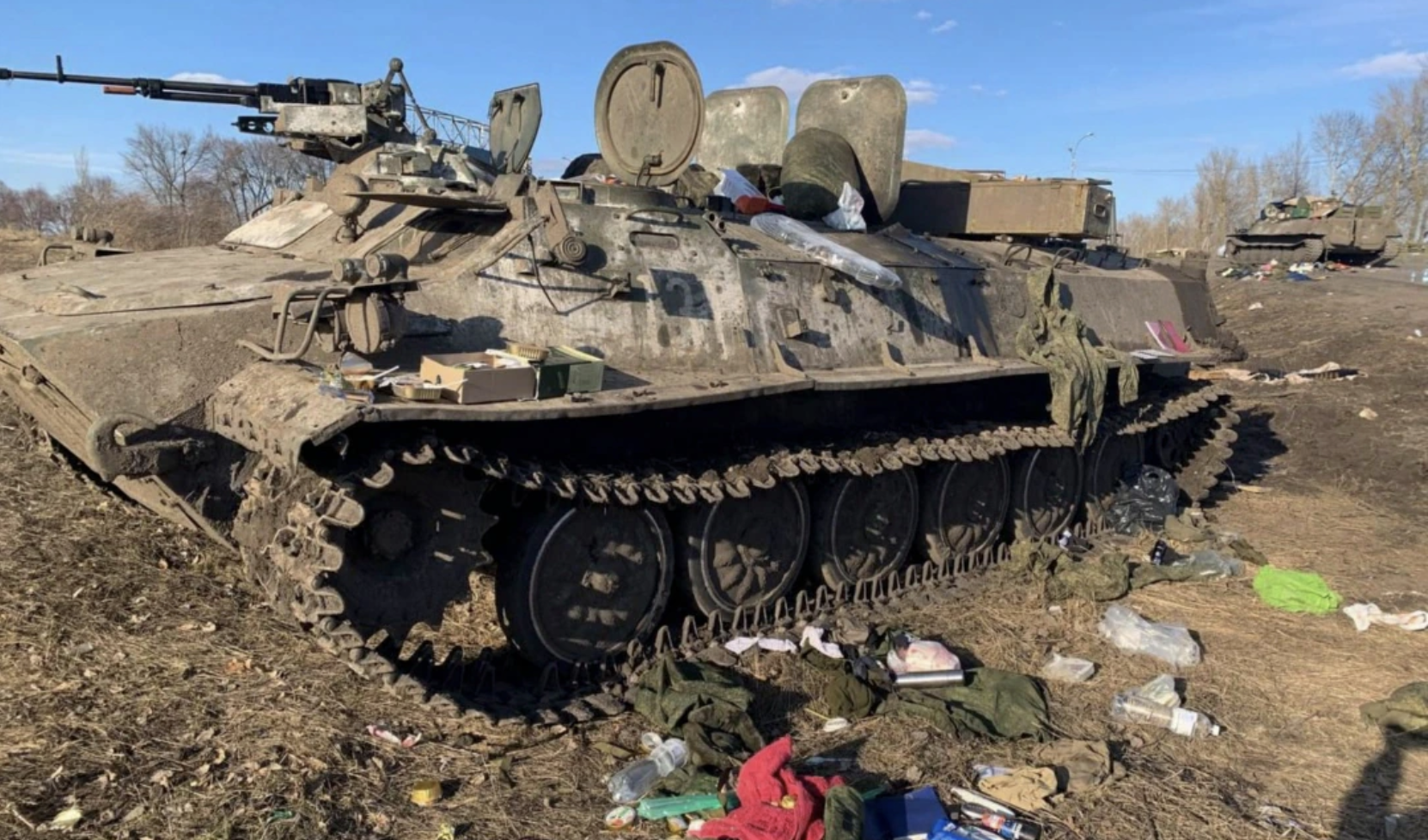By Scott Taylor
On Aug. 24, Ukrainians celebrated their 31st Independence Day against the backdrop of it also marking the six-month milestone of Russia’s ongoing invasion.
Vladimir Putin gambled on a lightning victory, which would have toppled Ukraine President Volodymyr Zelenskyy’s government. A pro-Russian installed puppet interim Ukraine-leader could then recognize the separatist regions of Donetsk and Luhansk as independent or autonomous states and Putin could declare a victorious ‘Special Military Operation.’ That was the plan.
What Putin’s advisors had failed to grasp was that while the majority of Ukrainians are indeed fed up with their corrupt politicians, they still love their country. That willingness to fight for their own land, coupled with eight years of NATO having provided training and sophisticated weaponry made the Ukraine military a tenacious adversary.
In the days leading up to Russia’s Feb. 24 invasion, western military pundits advised us that Putin had amassed an attacking force of 190,000 troops.
Without context, this appeared to be a David vs Goliath clash with the massive Russian military machine poised to crush tiny Ukraine.
However, at the war’s outset, Ukraine had 200,000 NATO trained regular troops with an additional 900,000 enlisted in the reserves.
Thus it was actually a case of a Russian David foolishly attacking the Ukraine Goliath on their own territory.
Therefore, it should not have been so surprising that the initial Russian onslaught was blunted and repelled.
What did come as a shock was just how poorly the Russian military performed both tactically and logistically.
In the initial drive to capture Kyiv, kilometres-long Russian armoured columns were stalled for want of fuel. Short of rations, invading Russians resorted to looting grocery stores.
As the Ukraine defence intensified, the demoralized Russians withdrew from their push on Kyiv leaving the battlefield littered with thousands of abandoned and destroyed armoured fighting vehicles.
When the fighting shifted focus to the eastern Donbass region, the casualties on both sides continue to mount at an appalling rate.
At the end of July, UK intelligence sources estimated that the Russians had suffered over 80,000 casualties, which includes killed, wounded, captured and missing.
If that figure is anywhere near accurate, that would mean that Putin’s initial invasion force has suffered nearly 50 per cent combat casualties.
Given that U.S. military doctrine states that a 10% casualty rate renders a combat unit ineffective, it is a wonder the Russian’s can still function at all.
Due to the preponderance of Russian artillery, in particular ammunition supplies, it is believed that Ukraine’s battlefield casualties are even higher.
While Russia does not release casualty figures, last week Putin passed legislation to recruit and train an additional 137,000 soldiers before the end of 2022.
Last month, Defence Minister Anita Anand committed 225 Canadian troops to resume training Ukrainian recruits at military bases in the U.K.
Canada had been providing combat instructors to the Ukraine military since 2015 as part of NATO’s Operation UNIFIER. That training was suspended and our military personnel withdrawn from Ukraine at the outset of the invasion.
However, now that the plan involves bringing Ukrainian recruits to the U.K, it would seem as though we too are planning for this war to drag on well into the foreseeable future.
Like two punch-drunk heavyweight boxers, under the current pattern of battlefield attrition, neither Russia nor Ukraine have the capacity to land a knockout blow on their opponent.
Russia can pummel Ukrainian positions with artillery, inflicting heavy casualties and forcing a withdrawal. Lacking sufficient infantry, the Russians can capture ground but are hard pressed to hold it against Ukrainian counterattacks.
For their part, Ukraine has the manpower – they presently outnumber the Russian invaders by a ratio of 4:1 – but they are not trained to mount large scale coordinated all-arms offensives.
During the past eight years of NATO training, the Ukraine forces honed their skills in small unit tactics. Thus they excel in ambush and defence.
However, to dislodge the entrenched Russian forces will require large scale combined air-power, artillery, armour and infantry assaults.
Neither side is likely to overcome their current shortcomings any time soon, so they will continue to indefinitely slug it out in a battle of attrition.


